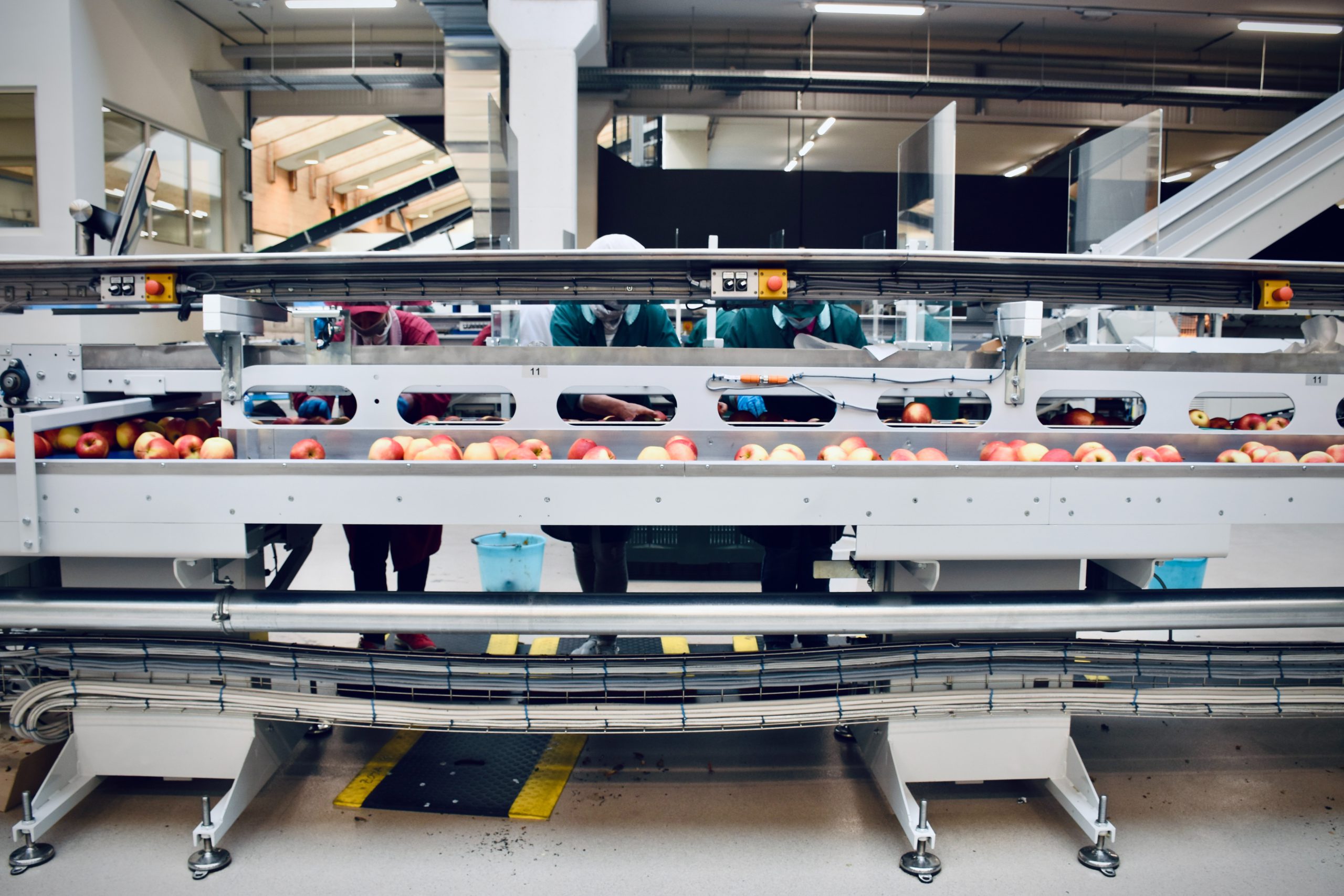

From the series of intelligent industries handbooks
Advanced Analytics for Industry 4.0
Intelligent Industries; A Revolution for The Future of Technology

The 4th Industrial Revolution is the 21st century convergence of digital, physical and bio technologies driving an unrelenting acceleration of human progress. Advances in computing power, artificial intelligence, IoT and machine learning are enabling companies to speed the pace of growth and create amazing experiences in retail, healthcare, smart cities and other vertical industries. The technology of the Fourth Industrial Revolution is inseparably tied to the vast amounts of data needed to train artificial intelligence and other key forms of modern technology. The need for data has led to exponential growth in gathering it and advanced analytics has gained massive momentum in the industrial sector. Its evolution and conquest of the markets is unstoppable, along with its presence and importance as an essential tool. The main objectives of this handbook are presenting the scientific concepts and providing industrial case studies for different applications of advanced analytics, which can be grouped into three main areas:
Descriptive Analytics: Its function is to describe, diagnose, and discover what trends and patterns occur in a given process, thanks to the real-time study of historical data.
Predictive Analytics: Based on more advanced mathematical methods that include statistical analyses, data mining, predictive models, and machine learning, among others. Its function consists of predicting events that can occur in the future, thanks to developing a predictive model.
Prescriptive analytics: Its function consists of defining the actions to take to obtain the best results in a process. It relies on predictive models, scenario simulations, localized rules, and technical optimization to transform data and recommends taking to obtain the desired result. This level of analytics is completer and more robust. It uses complex event processing, neural networks, heuristic learning, and “machine learning,” among others.





